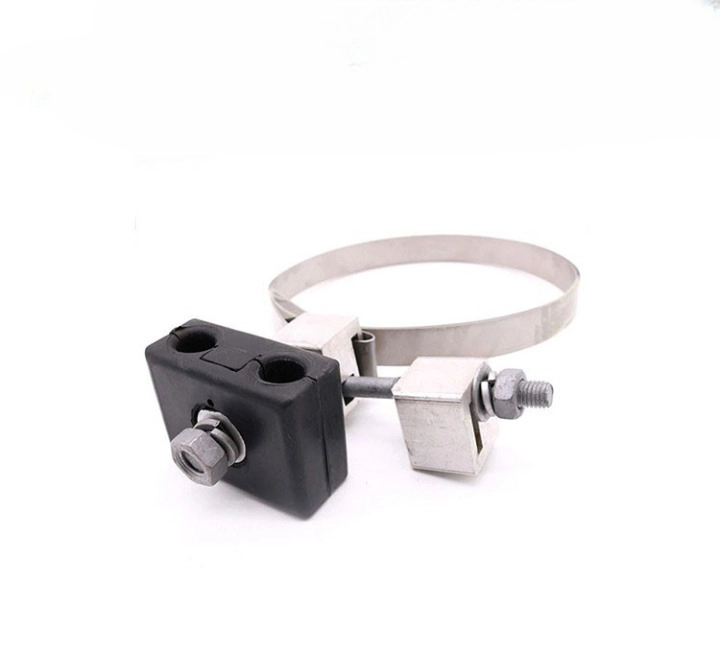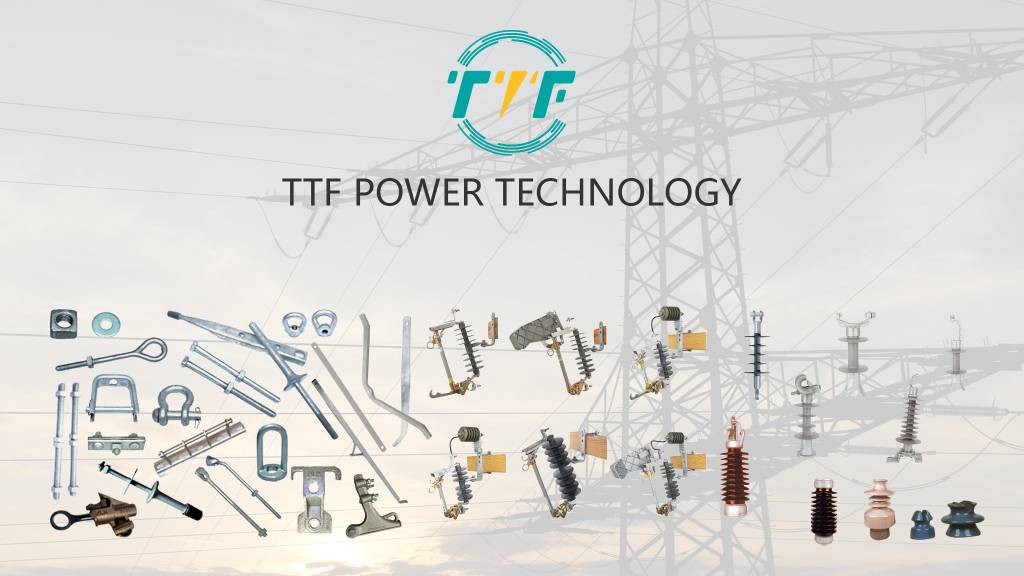
Colombia seeks to make considerable growth in its national grid with the recent initiation of tenders for improved transmission infrastructure. The project is a component of the plan to upgrade the electrical grid, incorporate renewable energy sources, and enhance energy dependability. It encompasses the building of a 51km, 220kV transmission line linking the Urrá and Urabá substations. The government has unveiled plans for six significant power transmission initiatives as a segment of its transmission expansion roadmap for 2024-2028. The initiatives seek to upgrade the national electricity grid and assist energy transition objectives in nine regions. Expansion initiatives can tackle grid capacity, incorporate renewable energy, and enhance reliability and resilience. Open tenders offer chances for engineering firms, construction contractors, and renewable energy developers to engage in the transformation of the energy sector. Downlead clamps provide safe, reliable, and effective connections for overhead power lines.
High-quality downlead clamps ensure safe, secure, and efficient connections between overhead power lines and substation equipment. They prevent mechanical stress on conections due to wind, thermal expansion, or seismic activitty. Downlead clamps ensure a low-resistance path for fault currents and improve grid reliability and safety. This is crucial for lightning protection systems. They are designed to dampen vibrations that could loosen connections over time. Downlead clamps are from galvanized steel, aluminum, or copper alloys to withstand high humidity, salt exposure, and acidic rain. The clamps help reduce outage risks, simplify maintenance, and enhances safety by ensuring proper grounding in lightning-heavy regions. They are essential in substations, tower grounding, and renewable energy projects. This is important near urban areas or sensitive installations.
Downlead clamps in power grid expansion in Colombia
Downlead clamps are mechanical devices used to secure and guide power cables from overhead lines. They prevent damage caused by cable movement, maintain the correct alignment and tension, and protect cables from mechanical stress due to wind, vibration, or external forces. Downlead clamps demand is fueled by growing energy demand, rural electrification goals, and renewable energy development. They ensure secure, efficient, and reliable electrical transmission and distribution systems. Here are the functions of downlead clamps used in power grid expansion in Colombia.

- Securing OPGW in transmission lines – downlead clamps safely secure OPGW cables carrying both electrical current and data. They ensure fiber optic integrity in smart grid and SCADA systems used for real-time monitoring.
- Strengthening infrastructure – the clamps anchor cables to towers reduce sway and tension risks. They provide vibration control and stress relief during earthquakes and storms.
- Renewable energy integration – Colombia’s is targeting over 4,000 MW from non-conventional sources. This involves building new substations and lines. downlead clamps connect wind turbines, solar farms and small hydro projects to transmission networks.
- Supporting rural electrification and microgrids – downlead clamps ensure secure cable transitions in small-scale rural grid systems. They provide low-maintenance solutions ideal for communities with limited technical capacity.
- Urban infrastructure modernization – modernizing the power grid demands upgrading aging tower and pole systems. Downlead clamps manage dense cable routing, enhance safety by preventing cable chafing, and support hybrid installations.
Possible effects of the power grid enlargement in Colombia
The expansion of the Colombian grid offers many strategic, economic, social, and environmental advantages. The government issuing tenders totaling #3.5 billion and concentrating on long-range, high-voltage initiatives may establish the foundation for a stronger and more inclusive energy framework. Growth initiatives represent an important move towards a cleaner, smarter, and fairer energy future. Below are the possible main advantages of enhancing Colombia’s power grid.

- Enhanced energy access – extending the grid enables greater numbers of households to link to the national power network, decreased dependence on diesel generators, and a basis for economic growth in underprivileged areas.
- Integrating renewable energy – expanding the grid links distant renewable projects to city demand hubs, decreases reliance on hydroelectric power, and bolsters Colombia’s aim for a zero-emissions future.
- Grid reliability and resilience – an updated power grid withstands equipment malfunctions, voltage fluctuations, and natural disasters. The new infrastructure features smart grid technologies, alternative routes, and automated substations to enhance system stability.
- Improved regional connectivity – upgraded infrastructure boosts links with adjacent nations. This facilitates international energy exchange, emergency power assistance, and improved incorporation into the energy market.
- Backing Colombia’s energy transition objectives – expanding the grid is essential for electrifying transportation, facilitating new technologies, and achieving national decarbonization goals.